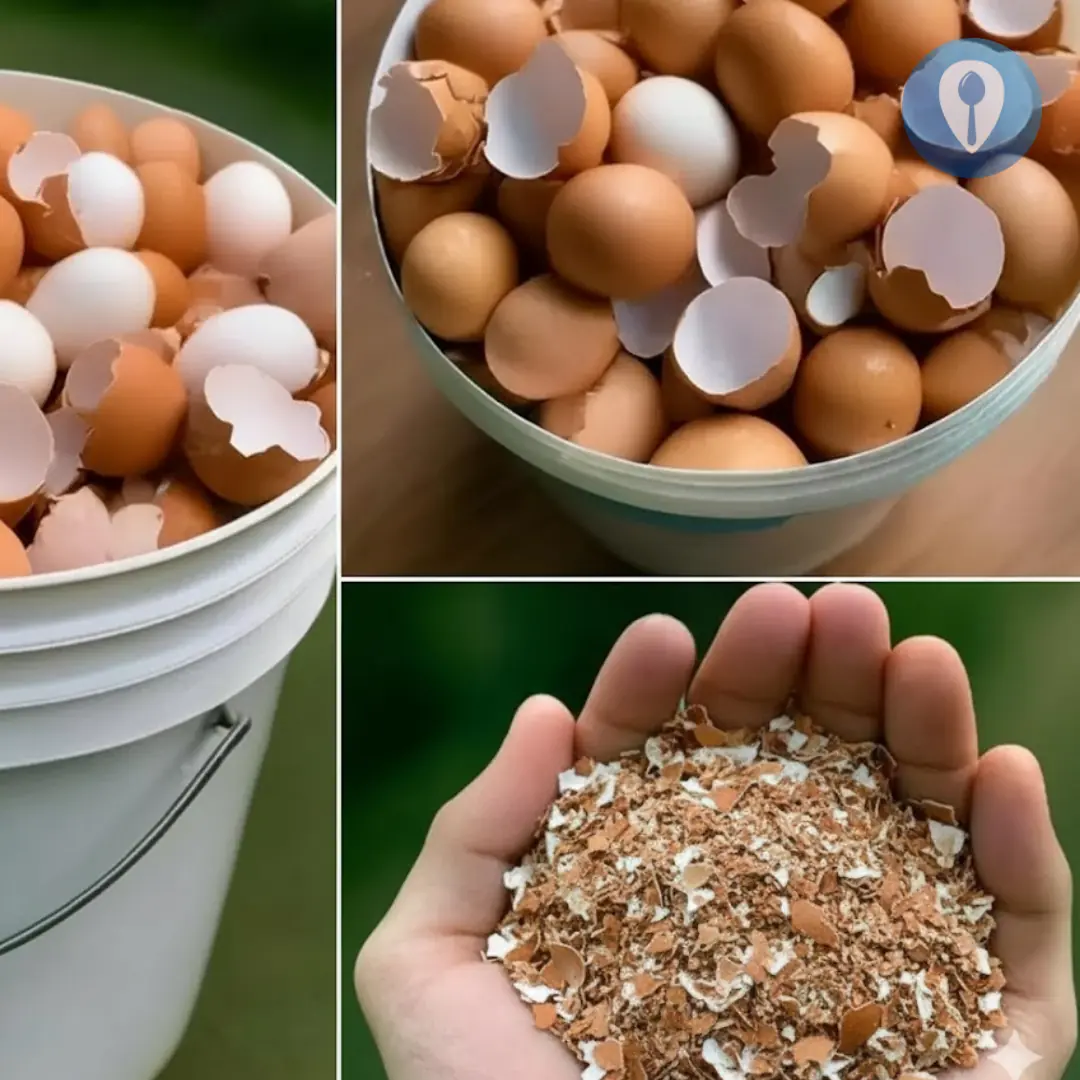
Quick way to fix
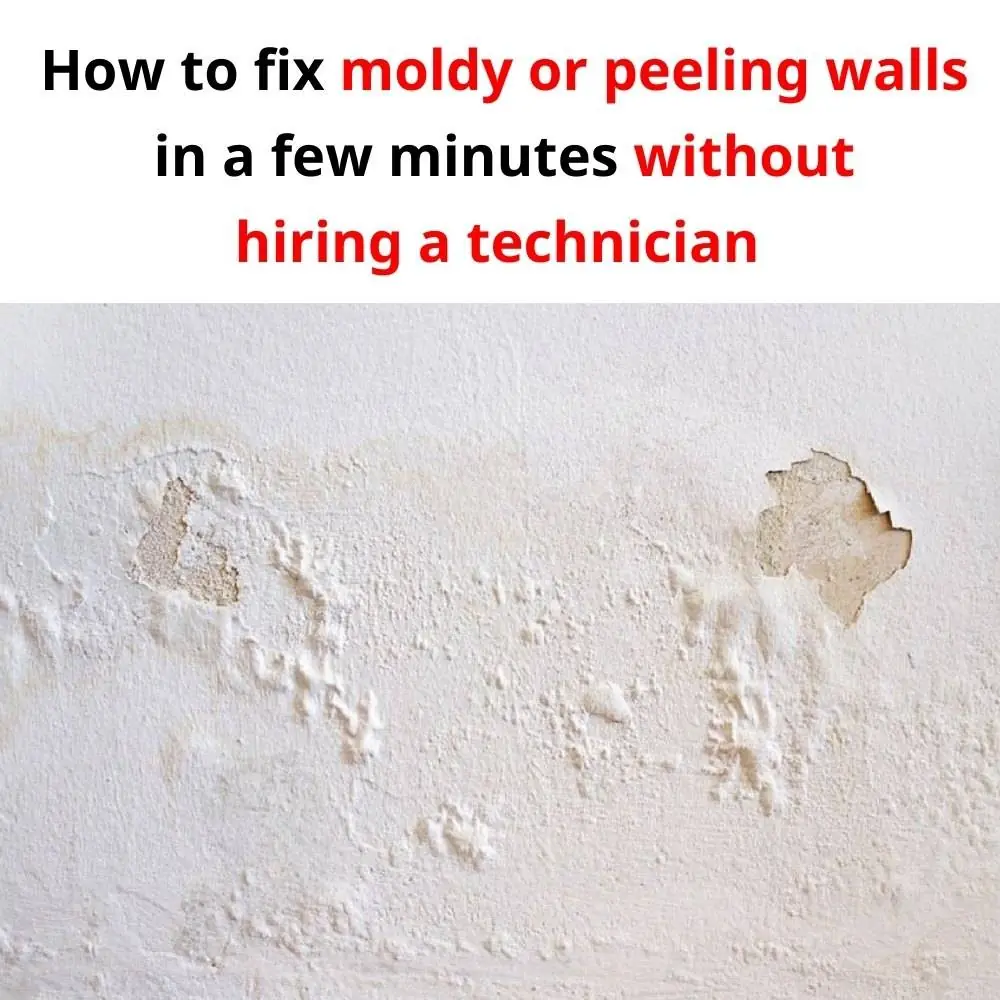
How to Deal with Moldy, Blistered, or Peeling Walls Without Hiring a Professional
Over time, your home's walls may develop mold, blister, or peel, especially during the rainy season when the problem tends to worsen. Moldy walls not only diminish the aesthetic appeal of your home but also pose health risks to your family. While many people turn to professionals for help, you can easily address these issues yourself using the following methods. This approach saves you money and keeps your walls looking clean and fresh.
1. Mold Treatment
Step 1: Start by removing visible mold. Use a dry toothbrush to scrub off the mold spots gently. Then, take a soft cloth soaked in alcohol and wipe the wall to dry it out and prevent further mold growth.
Step 2: Mix bleach and water in a 1:99 ratio. Pour the solution into a spray bottle and spray it on the moldy areas. This helps eliminate mold effectively. During humid weather, you can use a stronger mixture of bleach and water in a 1:20 ratio for better results.
Once the wall has dried, use sandpaper to smooth the surface. Apply a layer of waterproof primer before repainting to prevent future mold caused by moisture.
2. Blistering Walls
Blistered walls are common and often result from issues like poor wall preparation or moisture. Here's how to fix them:
Step 1: Remove any blistered or peeling paint. If the problem stems from poor-quality wall filler, scrape it off and replace it with a high-quality filler.
Step 2: For small, localized blisters, scrape off the affected area, smooth the edges, and then apply primer and repaint. For larger blisters, remove the entire affected section, let the wall dry completely, and reapply plaster.
Step 3: During home decoration, ensure proper waterproofing and repair any cracks to prevent blistering.
Step 4: Avoid painting during the rainy season and use matching primer and paint products from the same brand to achieve the best results.
3. Peeling Walls
Peeling walls not only look unattractive but also create dust and sanitation issues. Here's how to address peeling effectively:
Step 1: Scrape off the peeling areas and remove old filler. Smooth the edges with sandpaper, then apply primer before repainting.
Step 2: For severe peeling, remove the damaged wall layer entirely and treat the surface with primer before repainting.
Step 3: For heavily peeling areas, spray water to dampen the section and use a scraper to remove the peeling paint. If no dust falls off during scraping, the original filler quality is good. Sand the area to smooth it, then apply primer and paint as needed.
By following these simple steps, you can maintain your home's walls in excellent condition without relying on professional services.
News in the same category

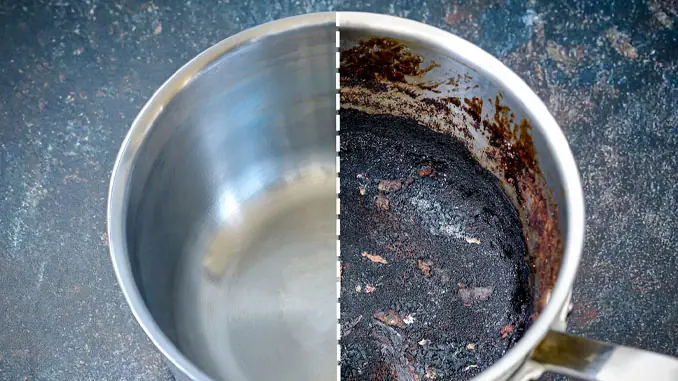
Instead of using steel wool, this is the proper way to clean stainless-steel pots and pans to help extend their “lifespan”—a tip many people don’t know.
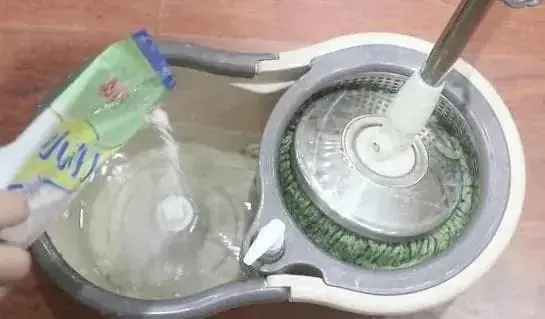
Mopping with Plain Water Is Pointless: Add This One Thing and Your Floor Will Shine Like a Mirror All Week!
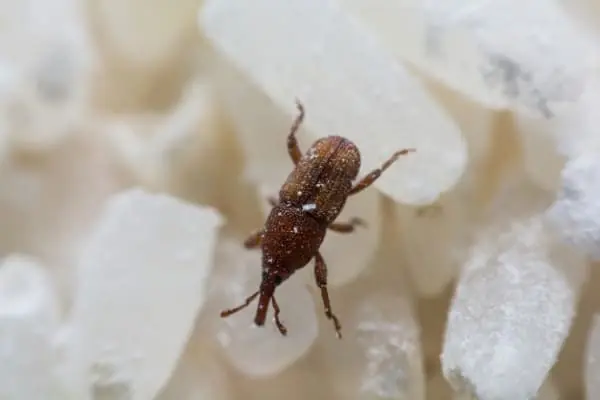
How to store rice properly to prevent moths and keep it fresh longer
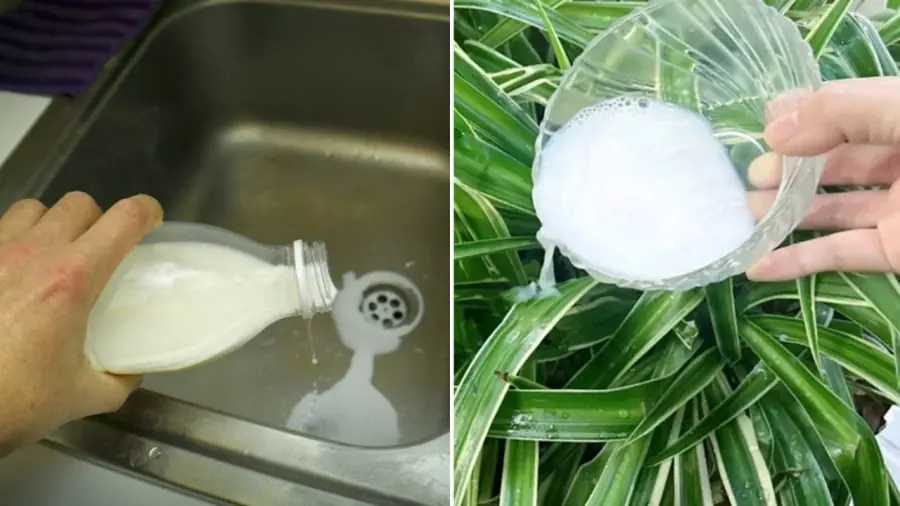
Don’t Throw Away Expired Fresh Milk — Keep It for These 4 Amazing Uses
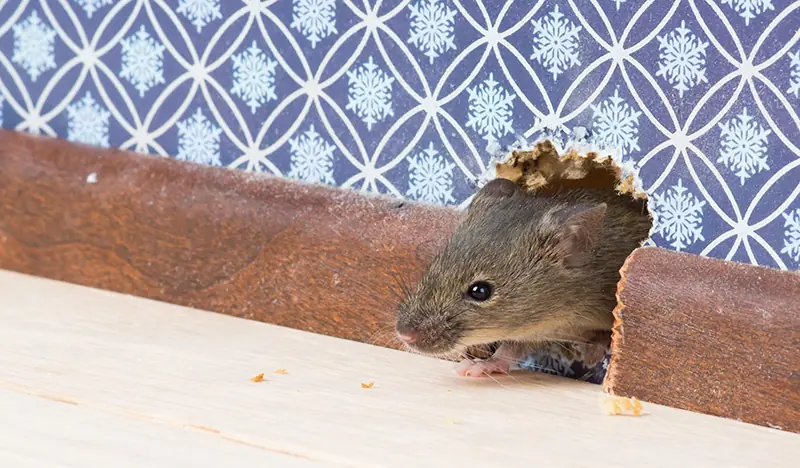
How to drive away an entire rat colony using simple household ingredient
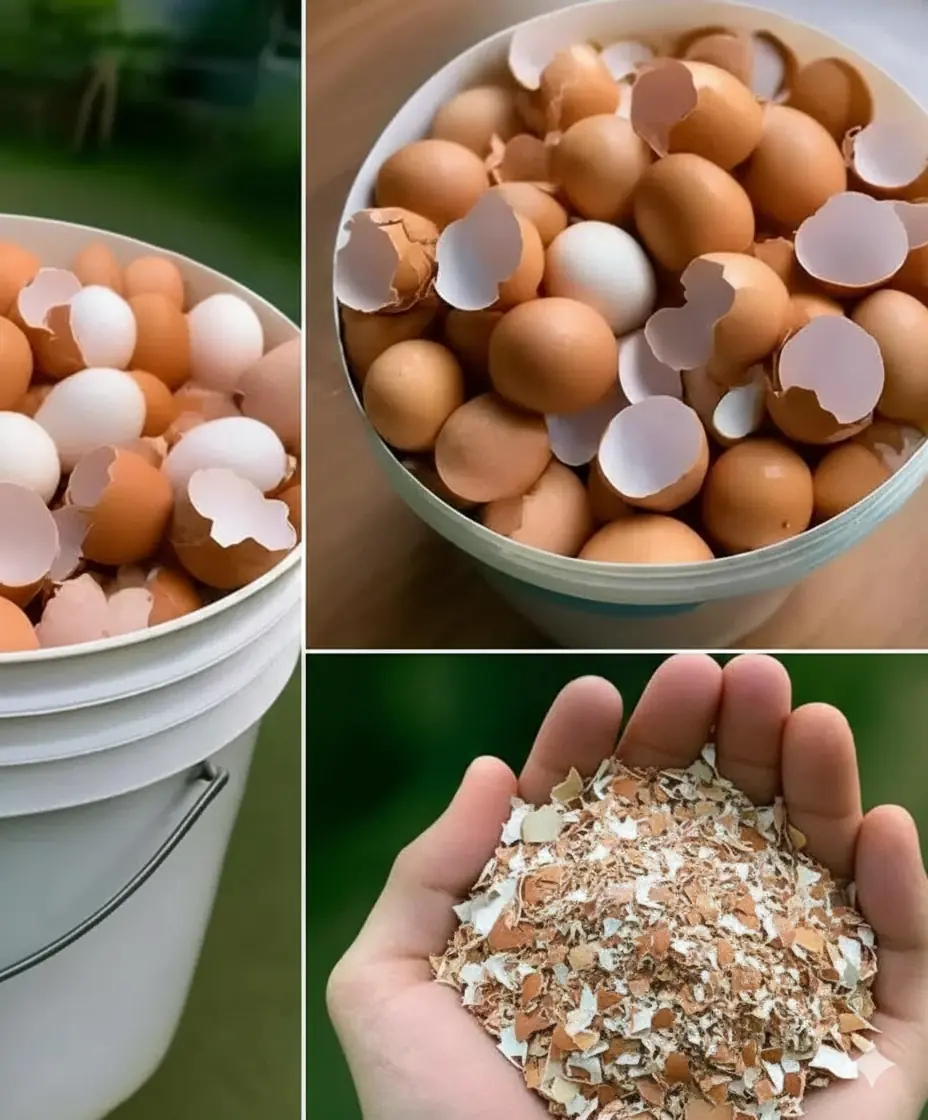
Boil eggshells and say goodbye to waste: The surprising uses you need to know
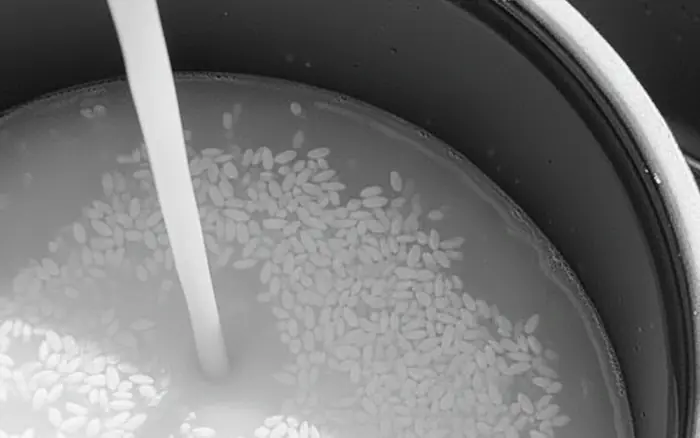
Cooking Rice with This Milky-White Liquid Is Far Better Than Using Plain Water: Tastier Rice, Better Skin, and Protection Against Many Diseases
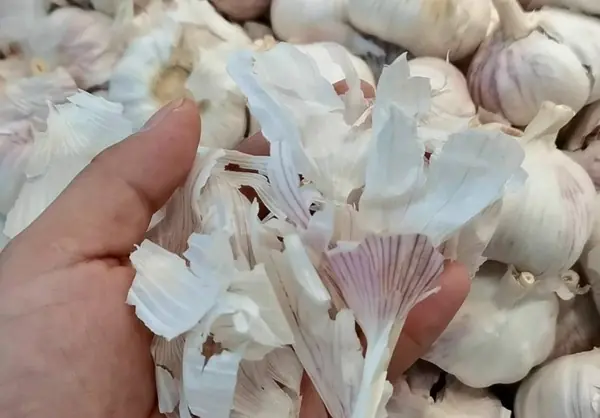
Garlic skins may seem useless, but they can be surprisingly helpful in daily life

Mixing Toothpaste with Salt: Surprising Uses and Benefits You Can Try at Home

The ring you pick will reveal your truest trait
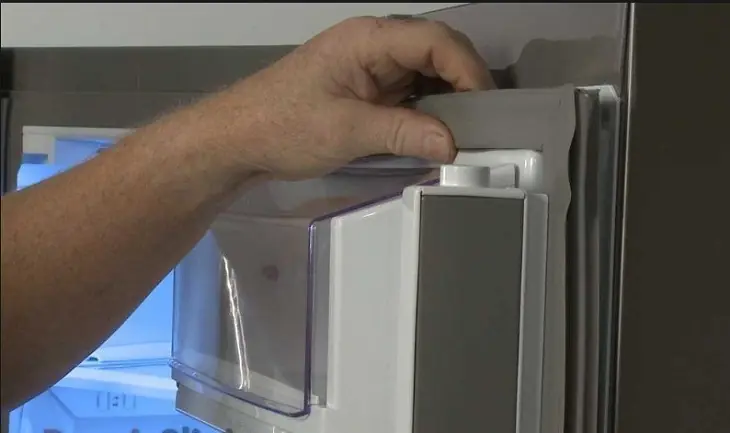
The right way to clean your refrigerator’s rubber door seal
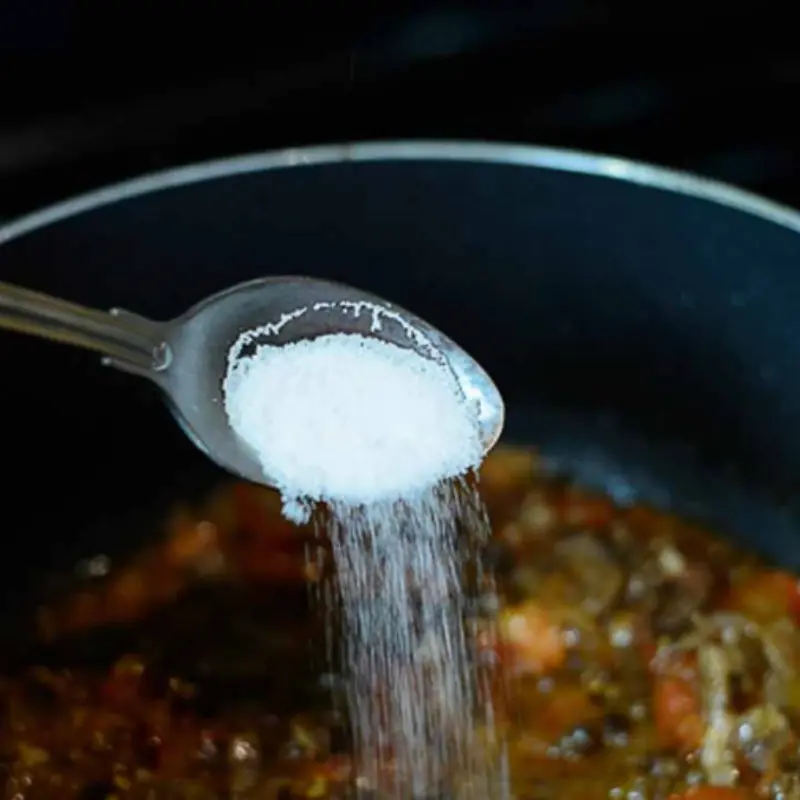
Oversalted your dish? Don’t dilute it with water—add this one ingredient to balance the flavor fast.
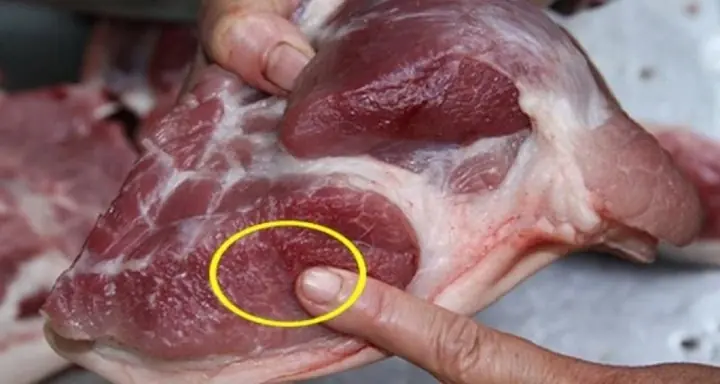
Butcher’s Honest Advice: When Buying Pork, It’s Best to Avoid These Three Types — Only the Uninformed Like Them
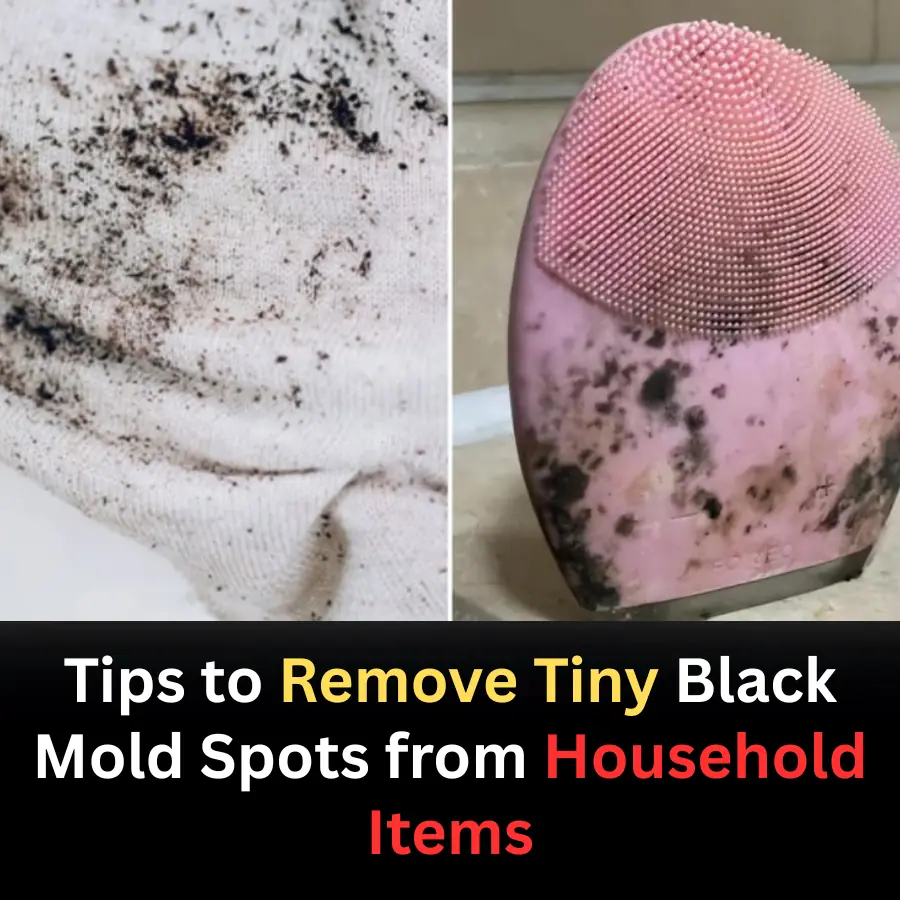
How to Effectively Remove Black Mold Spots from Household Items
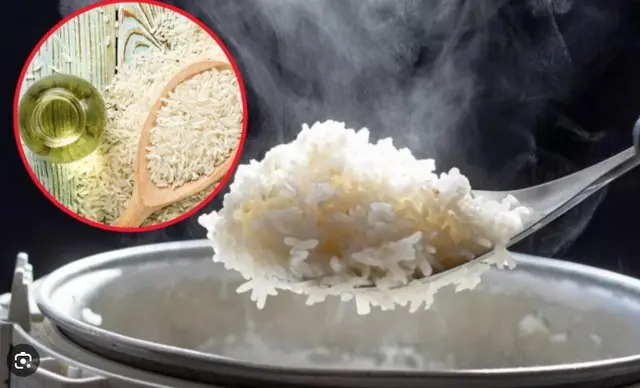
Many people cook rice every day—but still get it wrong: 4 simple tips for tastier rice and better digestion
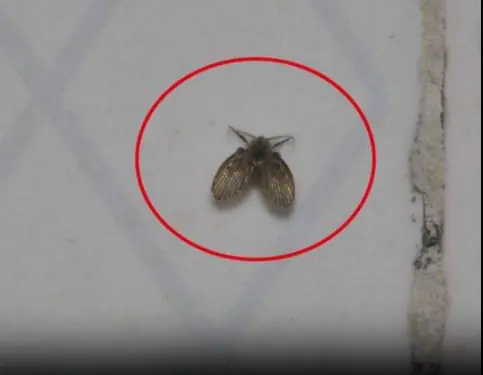
Little Black Bugs in the Bathroom? Here’s What They Are & How to Get Rid of Them for Good

Add a Few Drops of Oil to an Onion: A Simple Home Trick That Repels Mosquitoes and Improves Sleep

To prevent snakes from entering your house, you can apply the following methods.
News Post
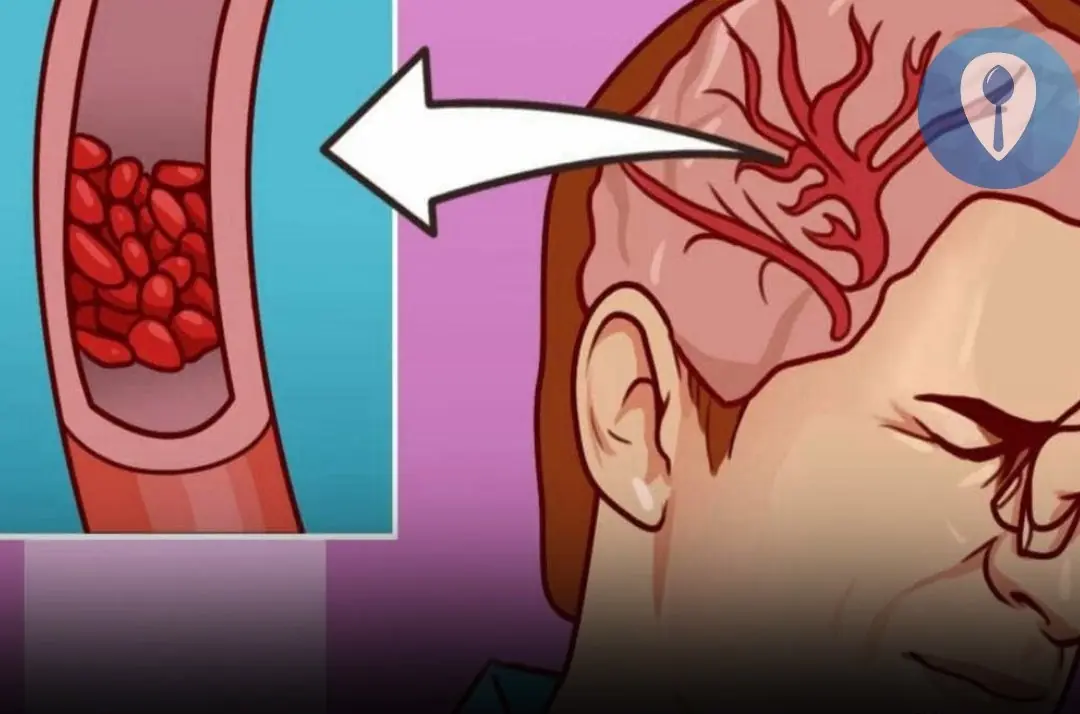
I experience 6 of these

8 Silent Signs Your Kidneys Are Failing — Ignoring Them May Mean Dialysis for Life

Avoid these drinks before bedtime — they could cause problems

Hidden risk factors inside the home

People with diabetes often make mistakes: Eating sweet potatoes must follow the “3 DON’Ts” to avoid blo.od sugar spikes

Young and at Risk: Str.ok.e Strikes 19-Year-Old After Headache — 5 Symptoms You Shouldn’t Ignore
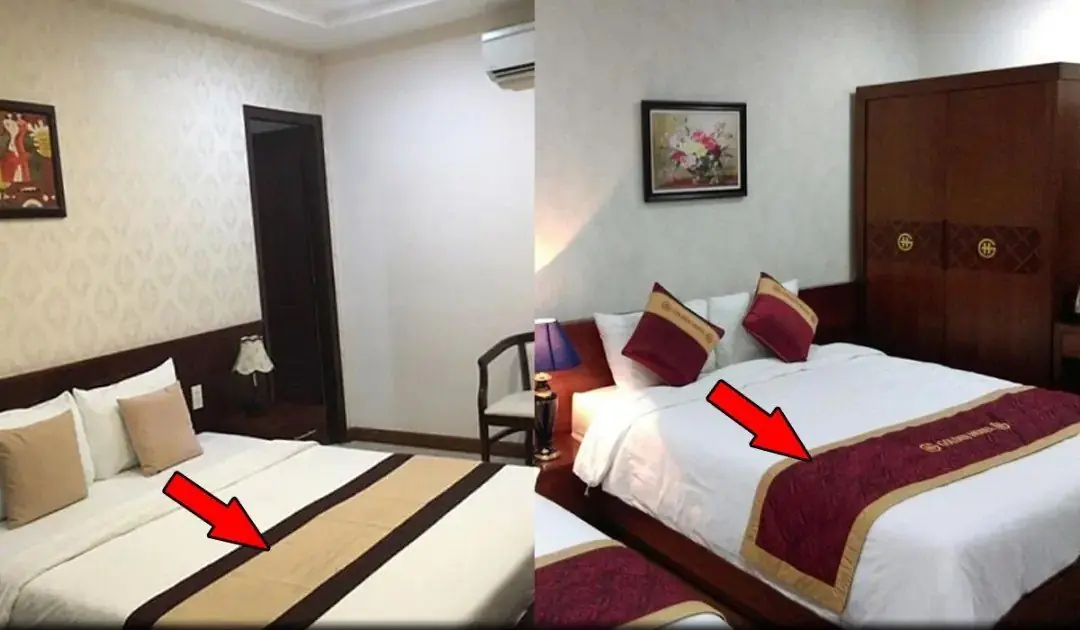
Many people don’t know what its purpose is used for

FRESH SEA URCHIN (UNI) WITH IKURA
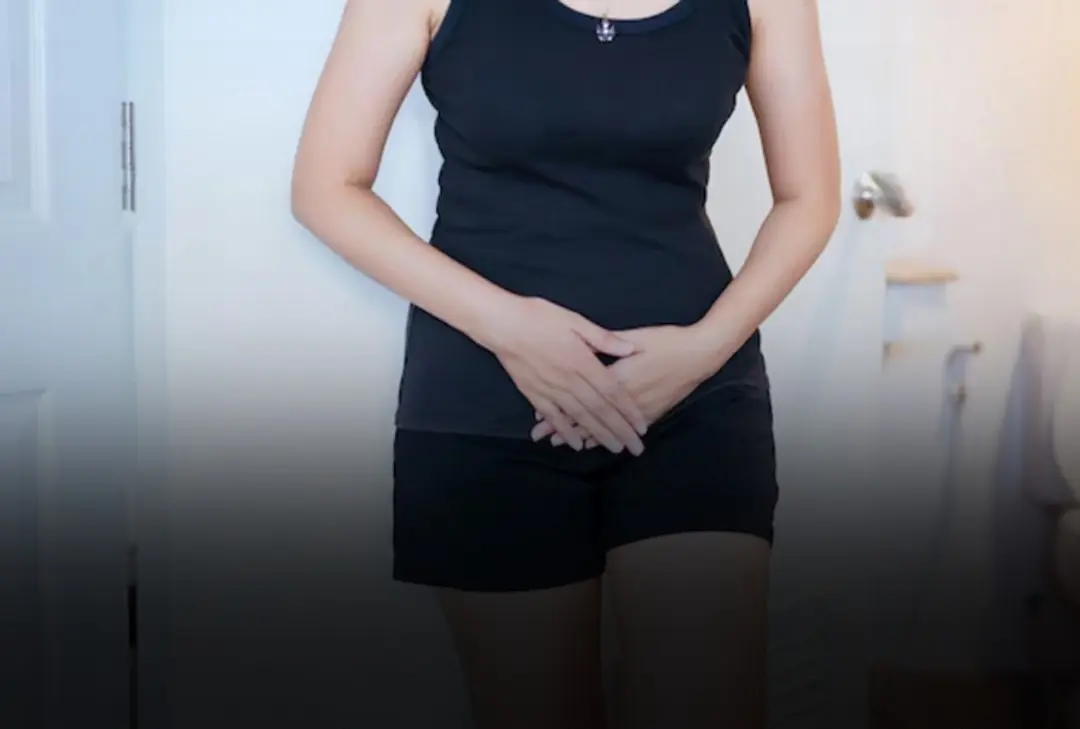
The morning right after waking up is the time when the body most clearly reveals its health status, especially the kid.neys

The morning right after waking up is the time when the body most clearly reveals its health status, especially the kid.neys
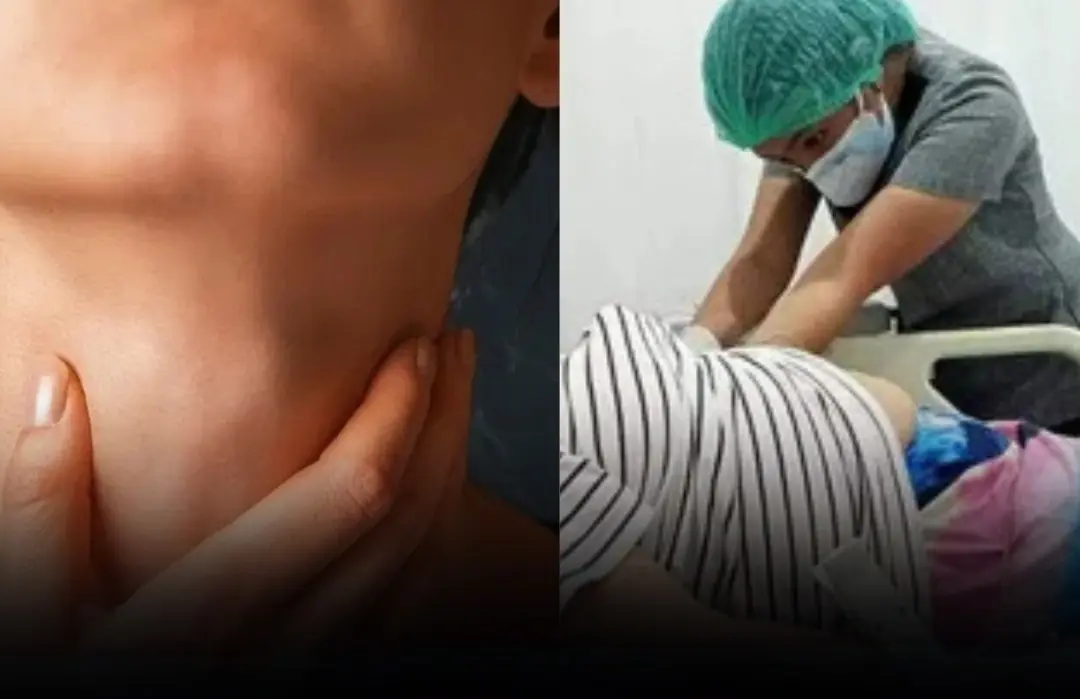
Hidden Ca.nc.er Ri.s.ks in Daily Life That People Keep Ignoring

Why should you avoid showering, washing dishes, and doing laundry during a thunderstorm?

If your veins are visible in your hand, it is a signal of...
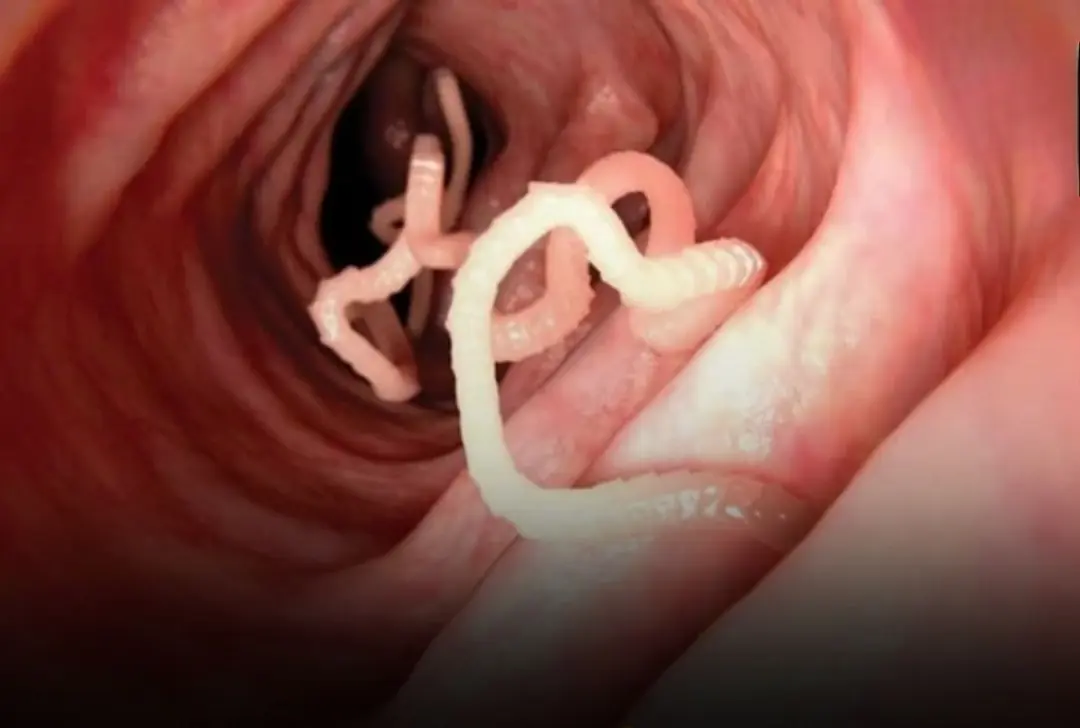
The first sign is especially common in many households

I summarized the most interesting ones below

A silent stroke can strike when you least expect it — but these small habits could save your life

If you notice someone with bulging v.e.i.n.s, these are the crucial things you need to tell them

Boil eggshells and say goodbye to the …

The first food you eat in the morning plays a vital role in your health, especially your digestive system .....
